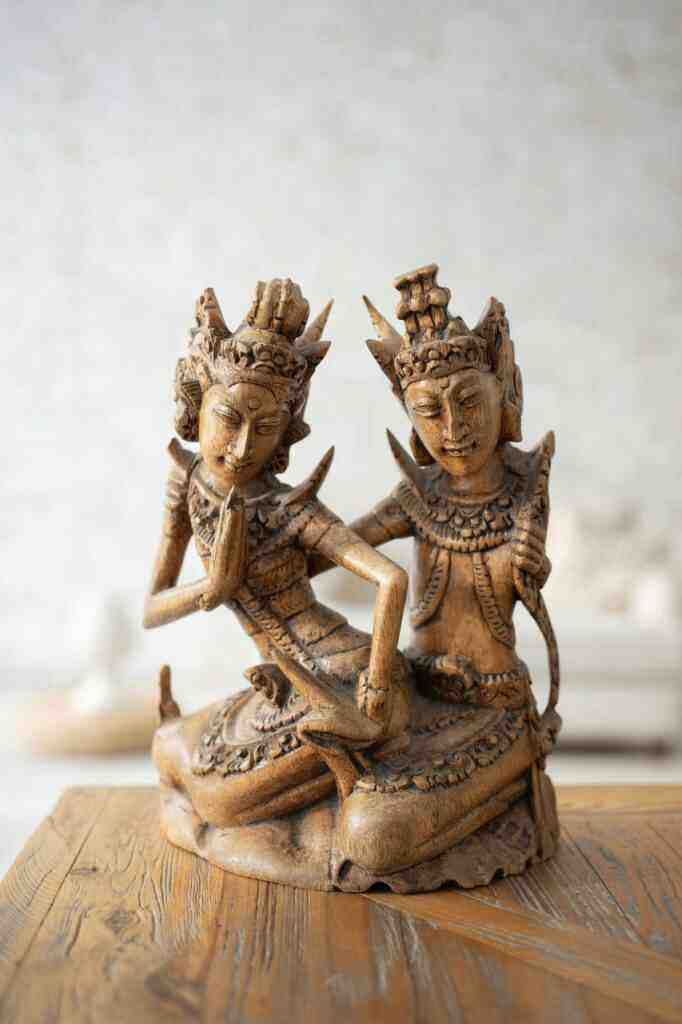Ayodhya Ram Mandir: A Historical Inauguration and Its Significance
A New Era Begins in Ayodhya
On August 5, 2024, Indian Prime Minister Narendra Modi inaugurated the grand Ram Mandir (temple) in Ayodhya, marking a new era for India. The temple stands as a symbol of religious and cultural significance, fulfilling a decades-long Hindu nationalist pledge.
A Grand Inauguration Ceremony
The inauguration ceremony was a grand event, televised live for the nation to witness. Prime Minister Modi performed religious rituals inside the temple’s sanctum along with priests and Mohan Bhagwat, the head of the Rashtriya Swayamsevak Sangh (RSS). The ceremony, called Pran Pratishtha, involved chanting mantras and performing rituals to infuse sacred life into the idol of Lord Ram.
Fulfilling a Hindu Pledge
The construction of the Ram temple fulfilled a decades-long Hindu nationalist pledge. Many Hindus believe that the Babri Mosque was built by Muslim invaders on the ruins of a temple where Lord Ram was born. The movement to build the temple helped propel the BJP into political prominence in the 1990s.
The inauguration ceremony was marked by a festive atmosphere, with tens of thousands of chanting Hindu devotees waving flags and beating drums. Military helicopters showered flower petals on the temple, and saffron flags adorned the streets of Ayodhya.
Celebrating the Inauguration
Hindus across India and around the world celebrated the inauguration of the Ram Mandir. Massive billboards of Lord Ram graced Times Square in New York, where devotees gathered to witness the event despite the freezing weather. Temples in the United Kingdom, where Indians form one of the largest diaspora groups, held celebrations involving flowers, sweets, and music. Some celebrations were also reported in Muslim-majority Dubai, where Indians constitute a significant population.
Legal Battle and Controversy
The inauguration of the Ram Mandir followed a protracted legal battle, which concluded in 2019 when the Supreme Court gave the disputed land to Hindus. Muslims were given a plot outside the city for a mosque but have yet to build one. While some Muslims acknowledged the Hindus’ right to build the temple, others expressed sadness over the destruction of the mosque.
Political Implications
The inauguration of the Ram Mandir has significant political implications. With general elections approaching in India, Mr. Modi’s political rivals accused the governing Bharatiya Janata Party (BJP) of using the event for political gain in a country where 80% of the population is Hindu. Critics also questioned the exploitation of a religious celebration in a constitutionally secular country.
A New Era for Ayodhya
The construction of the Ram Mandir is part of a larger revamp for the city of Ayodhya, estimated to cost more than $3 billion. New hotels are being built, existing ones are being spruced up, and a new airport and railway station have been opened to accommodate the expected influx of visitors to the temple. Authorities anticipate more than 150,000 visitors per day once the temple is fully ready.
Conclusion: A Symbol of Faith and Unity
The inauguration of the Ram Mandir in Ayodhya marked a significant moment in Indian history, fulfilling a decades-long Hindu nationalist pledge. The event was celebrated by Hindus worldwide, but it also sparked controversy and raised questions about its political motivations. As Ayodhya undergoes a major makeover to accommodate the influx of visitors, the Ram Mandir stands as a symbol of religious and cultural significance for India.
Call to Action: Experience the Grandeur
If you’re interested in witnessing the grandeur of the Ram Mandir, plan a visit to Ayodhya. Immerse yourself in the spiritual atmosphere, explore the city’s rich history, and be a part of this momentous event. Book your travel and accommodation in advance to avoid any last-minute hassles.
Note: Images and hyperlinks to relevant sources are to be added to the blog post for enhanced readability and credibility.
